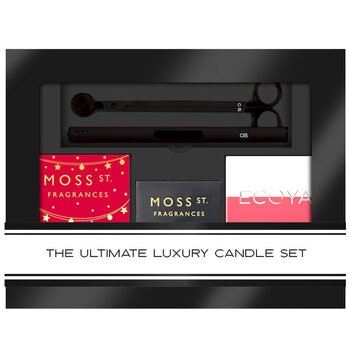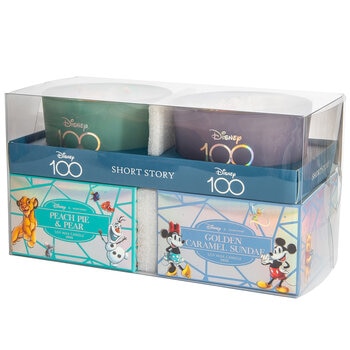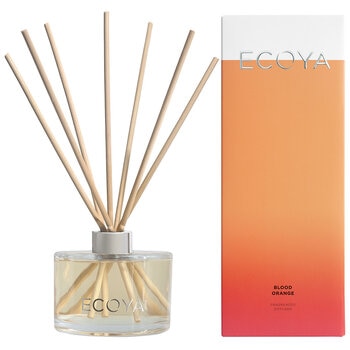There’s more going on in the world of fragrance than meets the nose.
In terms of evolution, smell is the oldest sense – some of the first organisms used a similar function to find food and avoid toxins. To this day, humans use scent to a similar end, sniffing the difference between fresh and rotten food, detecting dangerous gas leaks, and even using it to help find potential partners.
The primal origins of scent have longsince evolved. Nowadays, our tradition of using fragrance in everything from prayer to perfume hints at its complex relationship with psychology, enjoyment and wellbeing.
Scent and memory
“Having made many perfumes with customers, there is no doubt they are drawn to ingredients that resonate with them emotionally, and that there is a deep relationship between scent and memory,” says Janelle Donnelly, Co-Founder and CEO of MetaScent Luxury Perfume Studio.
In fact, Janelle’s observation is supported by scientific research. Our brains process scent in the olfactory bulb, creating a signal that makes its way to the limbic system. This contains the structures that control memory, emotion and mood. The close proximity between these regions explains why smells can evoke memories.
For Janelle, this plays a role in perfumery. “Both fond and painful memories influence the concepts I like to portray in a scent.”
Psychological possibilities
The growing interest in aromachology, which is the scientific study of how scents influence human behaviour, has opened an array of fragrance possibilities. An increasingly popular avenue is scent marketing: using bespoke fragrances to improve customer experience in commercial spaces.
“Scent that’s dispersed in the ambient space is commercially appealing as it’s one of our most powerful senses,” Janelle explains. “Brands invest heavily in their visual branding, so why not invest in engaging our sense of smell?
Scent provides another dimension upon which to engage the customer, enhance experience and reinforce brand values.”
Creating scents
“Perfumers always approach the creation of a fragrance with a brief or a concept. We structure the perfume around top, middle and base notes, which are selected depending on the brief,” Janelle explains. “Some of the really popular materials that go into perfumes are cedarwood, osmanthus, neroli petal, oud, hinoki, orris, lotus and violet leaf.”
Because there are so many applications, it’s also important to be aware of context. “In a commercial space, we might select raw materials that are more ‘diffusive’ in nature,” Janelle says.
“Some scents are accentuated by environmental conditions. For instance, the heavier scent molecules like wood, amber, cashmeran and vetiver smell more beautiful in winter, whereas in a warmer, more humid environment, subtle and lighter white florals and citrus notes are more enhanced by the climate.”
The future of fragrance
“At the macro level, the biggest trend is towards artisan or ‘niche’ fragrances. This is the fastest growing segment of the fragrance market as customers break with their traditional one ‘signature’ scent in favour of buying multiple artisan brands,” Janelle explains.
According to IBISWorld, the Australian online perfume and cosmetics market will grow by 9.6 per cent this year, with most sales being attributed to women. However, the fragrances themselves aren’t so gendered.
“We have recently introduced a larger unisex fragrance selection to our website to align with the trending market,” explains Rafaella Grech, the Fragrance Assistant Buyer at Costco Australia. “We have noticed our members are gravitating towards these items, in particular Jo Malone.”
The pandemic-related lockdowns have also had an impact on how we indulge in fragrances. “As people spend more time at home, room fragrance and candles will continue to be in demand,” Janelle says.
Fragrance facts
Cedarwood
Historically from the bark of cedar trees, ancient Egyptians used the oil in their mummification processes. It has a natural, woody scent and is also known for its anti-inflammatory properties.
Neroli
From bitter orange tree flowers, neroli is floral, sweet and citrusy. A 17th century Italian princess increased its popularity as a perfume, adding it to clothes and baths.
Oud
Oud has a sophisticated woody, sweet and smoky smell. Produced from resinous agarwood, it’s one of the rarest and most expensive fragrance ingredients.









